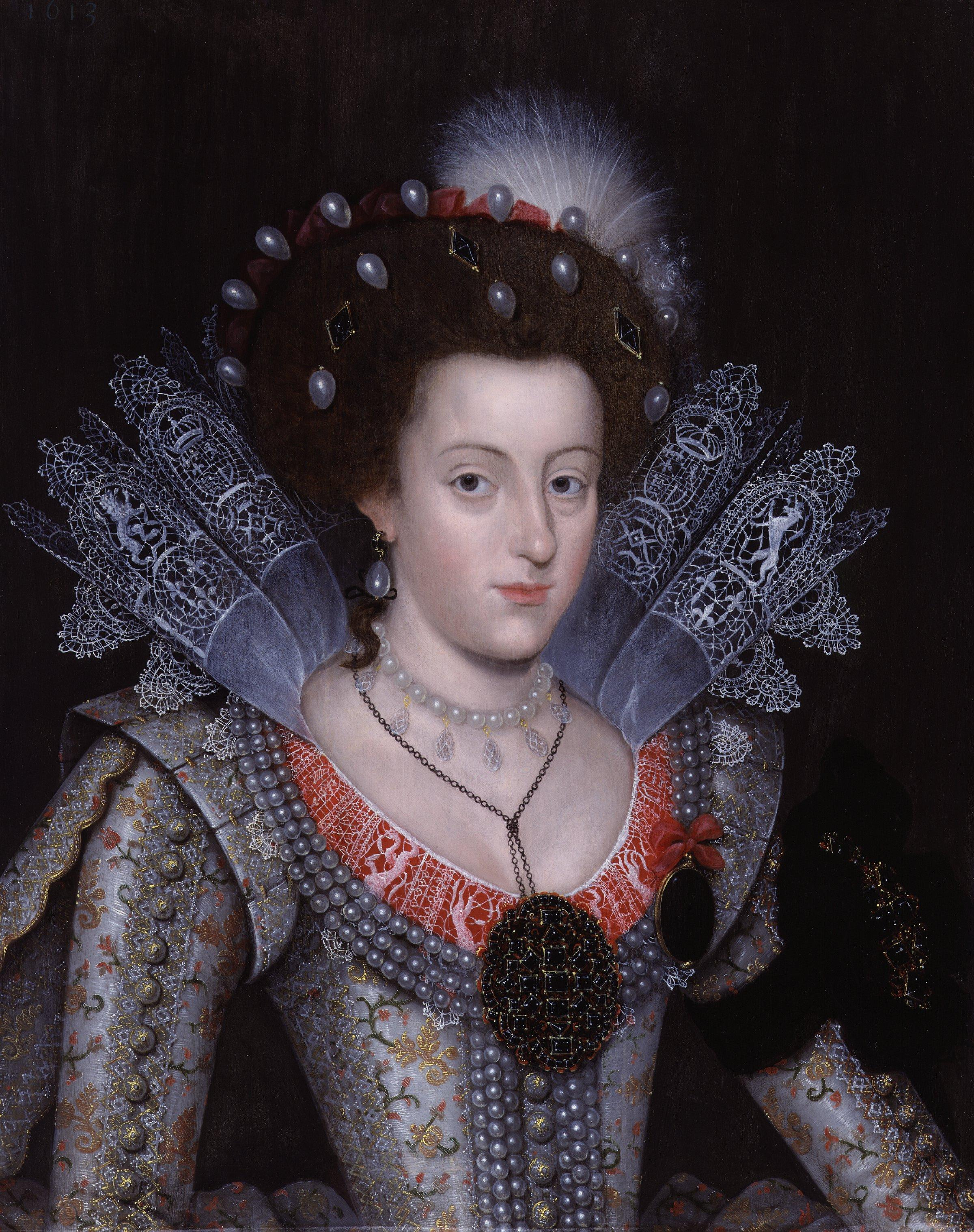|
Crocheted Lace
Crochet lace is an application of the art of crochet. Generally it uses finer threads and more decorative styles of stitching, often with flowing lines or scalloped edges to give interest. Variation of the size of the holes also gives a piece a "lacy" look. Originally crocheted lace was not regarded as true lace. Crocheting was considered an easy, and less time-consuming, but otherwise clearly inferior surrogate for "true" lace such as bobbin lace, needle lace or netting. The first examples of crocheted lace try to reproduce the products of other lacemaking techniques as faithfully as possible. Over time, the many possibilities and inherent beauty of crocheted lace became more widely appreciated. Main styles of crocheted lace include filet crochet, Irish crochet and its modern derivatives, pineapple crochet. Freeform crocheted lace also exists, examples of which are pieces striving to imitate reticella Reticella (also reticello or in French point coupé or point couppe) is a nee ... [...More Info...] [...Related Items...] OR: [Wikipedia] [Google] [Baidu] |
Irish Crochet
Irish lace has always been an important part of the Irish needlework tradition. Both needlepoint and bobbin laces were made in Ireland before the middle of the eighteenth century, but never, apparently, on a commercial scale. It was promoted by Irish aristocrats such as Lady Arabella Denny, the famous philanthropist, who used social and political connections to support the new industry and promote the sale of Irish lace abroad. Lady Denny, working in connection with the Dublin Society, introduced lace-making into the Dublin workhouses, especially among the children there. It is thought that it was an early form of Crochet, imitating the appearance of Venetian Gros Point lace. History The lace making skill soon spread beyond Dublin to the poorest parts of the country, and proved a popular means for young women to help support their families. Lace-making required little equipment beyond bobbins and fine cotton or linen thread, and a great deal of patience, so was suitable for re ... [...More Info...] [...Related Items...] OR: [Wikipedia] [Google] [Baidu] |
Crochet
Crochet (; ) is a process of creating textiles by using a crochet hook to interlock loops of yarn, thread (yarn), thread, or strands of other materials. The name is derived from the French term ''crochet'', meaning 'hook'. Hooks can be made from a variety of materials, such as metal, wood, bamboo, or plastic. The key difference between crochet and knitting, beyond the implements used for their production, is that each stitch in crochet is completed before the next one is begun, while knitting keeps many stitches open at a time. Some variant forms of crochet, such as Tunisian crochet and broomstick lace, do keep multiple crochet stitches open at a time. Etymology The word crochet is derived from the Old French ''crochet'', a diminutive of ''croche'', in turn from the Germanic languages, Germanic ''croc'', both meaning "hook". It was used in 17th-century French lace-making, where the term ''crochetage'' designated a stitch used to join separate pieces of lace. The word ''crochet'' ... [...More Info...] [...Related Items...] OR: [Wikipedia] [Google] [Baidu] |
Bobbin Lace
Bobbin lace is a lace textile made by braiding and twisting lengths of thread, which are wound on bobbins to manage them. As the work progresses, the weaving is held in place with pins set in a lace pillow, the placement of the pins usually determined by a pattern or pricking pinned on the pillow. Bobbin lace is also known as pillow lace, because it was worked on a pillow, and bone lace, because early bobbins were made of bone or ivory. Bobbin lace is one of the two major categories of handmade laces, the other being needle lace, derived from earlier cutwork and reticella. Origin A will of 1493 by the Milanese Sforza family mentions lace created with twelve bobbins. There are two books that represent the early known pattern descriptions for bobbin lace, ''Le Pompe'' from Venice and ''Nüw Modelbuch'' from Zürich. Bobbin lace evolved from passementerie or braid-making in 16th-century Italy. Genoa was famous for its braids, hence it is not surprising to find bobbin lace de ... [...More Info...] [...Related Items...] OR: [Wikipedia] [Google] [Baidu] |
Needle Lace
Needle lace is a type of lace created using a Sewing needle, needle and yarn, thread to stitch up hundreds of small stitches to form the lace itself. In its purest form, the only equipment and materials used are a needle, thread and scissors. The origins of needle lace date back to the 16th century in Italy, and its origins may be found in the openwork on linen technique called ''reticella''. A variety of styles developed where the work is started by securing heavier guiding threads onto a stiff background (such as thick paper) with stitches that can later be removed. The work is then built up using a variety of stitches—the most basic being a variety of Buttonhole stitch, buttonhole or blanket stitch. When the entire area is covered with the stitching, the stay-stitches are released and the lace comes away from the paper. Needle lace is also used to create the fillings or insertions in cutwork. References * External links Kenmare Lace And other forms of Irish Lace- ... [...More Info...] [...Related Items...] OR: [Wikipedia] [Google] [Baidu] |
Net (textile)
Net or netting is any textile in which the yarns are fused, looped or knotted at their intersections, resulting in a fabric with open spaces between the yarns. Net has many uses, and comes in different varieties. Depending on the type of yarn or filament that is used to make up the textile, its characteristics can vary from durable to not durable. Uses People use net for many different occupations. Netting is one of the key components to fishing in mass quantities. This textile is used because of its sturdy yet flexible origin, which can carry weight yet, still be lightweight and compactable. Fisherman use netting when trawling, because it is sturdy enough to carry large amounts of weight as fish are trapped, pulled, then lifted out of water. Oftentimes, the filaments that make up the yarn are coated with wax or plastic. This coating adds a waterproof component to the textile that provides even more reliability. Net has been used in fashion for centuries. Tulle is a form of net ... [...More Info...] [...Related Items...] OR: [Wikipedia] [Google] [Baidu] |
Filet Crochet
Filet crochet is a type of crocheted fabric. This type of crocheted lace is gridlike because it uses only two crochet stitches: the chain stitch and the double crochet stitch (U.S. terminology; known in some other countries as ''chain stitch'' and ''treble''). Old filet patterns used a treble or triple stitch vertically but chained two between the vertical stitches. This was to prevent distortion of some patterns. Chain stitches use less yarn than double crochet stitches, which results in a visual difference in appearance between the two kinds of stitch. Filet crochet forms patterns by filling in parts of a mostly chain stitch mesh with double crochet stitches. Filet crochet is usually constructed from monotone crochet thread made of Mercerised cotton in white or ecru, and worked in rows. Filet crochet is used for decorative applications such as window curtains, tablecloths, and place settings such as coasters and placemats. Filet crochet is most often worked from a graph or a ... [...More Info...] [...Related Items...] OR: [Wikipedia] [Google] [Baidu] |
Reticella
Reticella (also reticello or in French point coupé or point couppe) is a needle lace dating from the 15th century and remaining popular into the first quarter of the 17th century. Reticella was originally a form of cutwork in which threads were pulled from linen fabric to make a "grid" on which the pattern was stitched, primarily using buttonhole stitch. Later reticella used a grid made of thread rather than a fabric ground. Both methods resulted in a characteristic geometric design of squares and circles with various arched or scalloped borders. Books of patterns for reticella designed by Federico de Vinciolo (France, 1587) and Cesare Vecellio (Italy, probably from the 1590s but printed 1617) were popular and were frequently reprinted. Reticella developed into Punto in Aria ''Punto in aria'' band, Italy, 1601-50 ''Punto in aria'' (literally “stitch in air”) is an early form of needle lace devised in Italy. It is considered the first true lace because it was the first ... [...More Info...] [...Related Items...] OR: [Wikipedia] [Google] [Baidu] |




